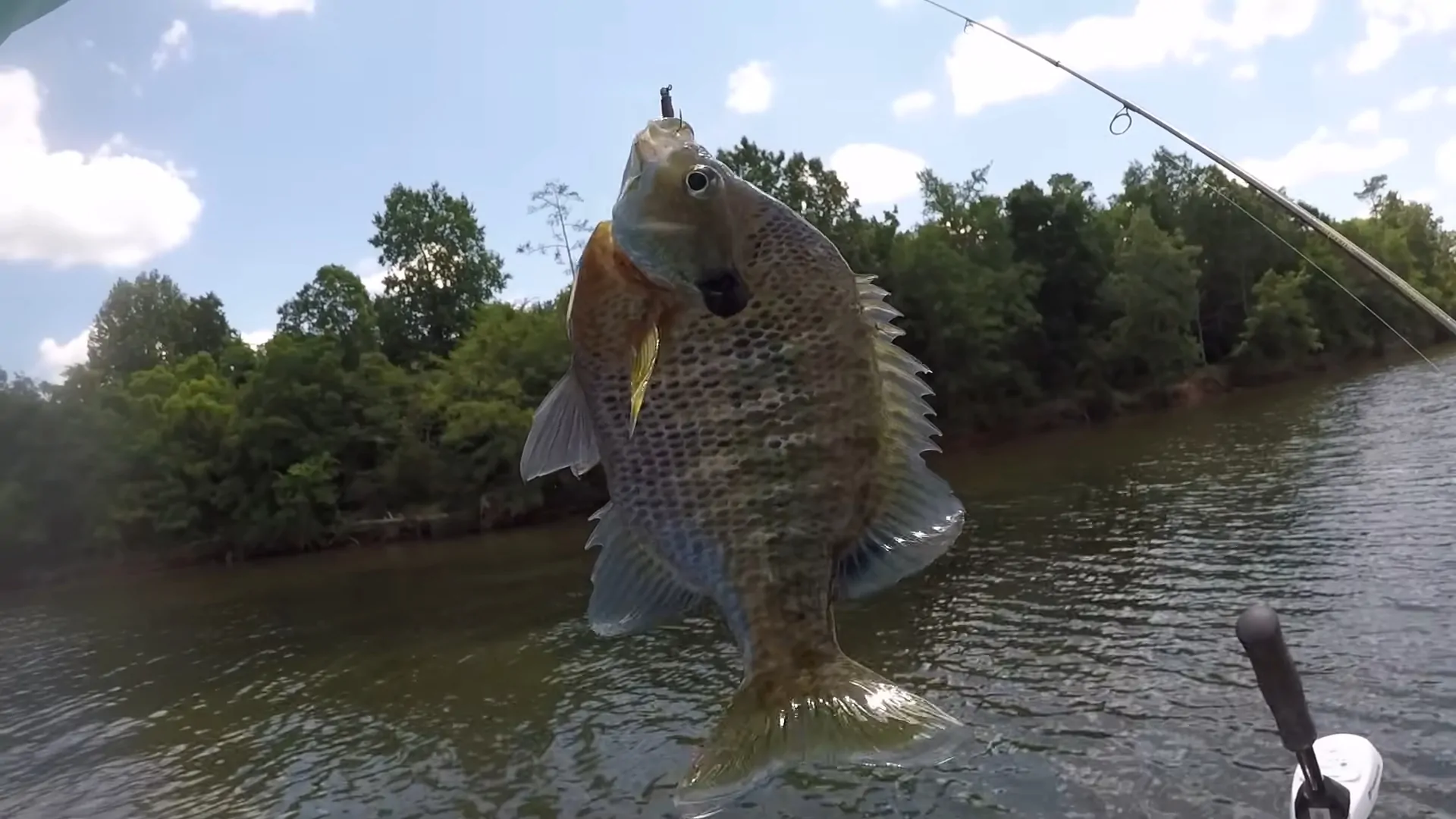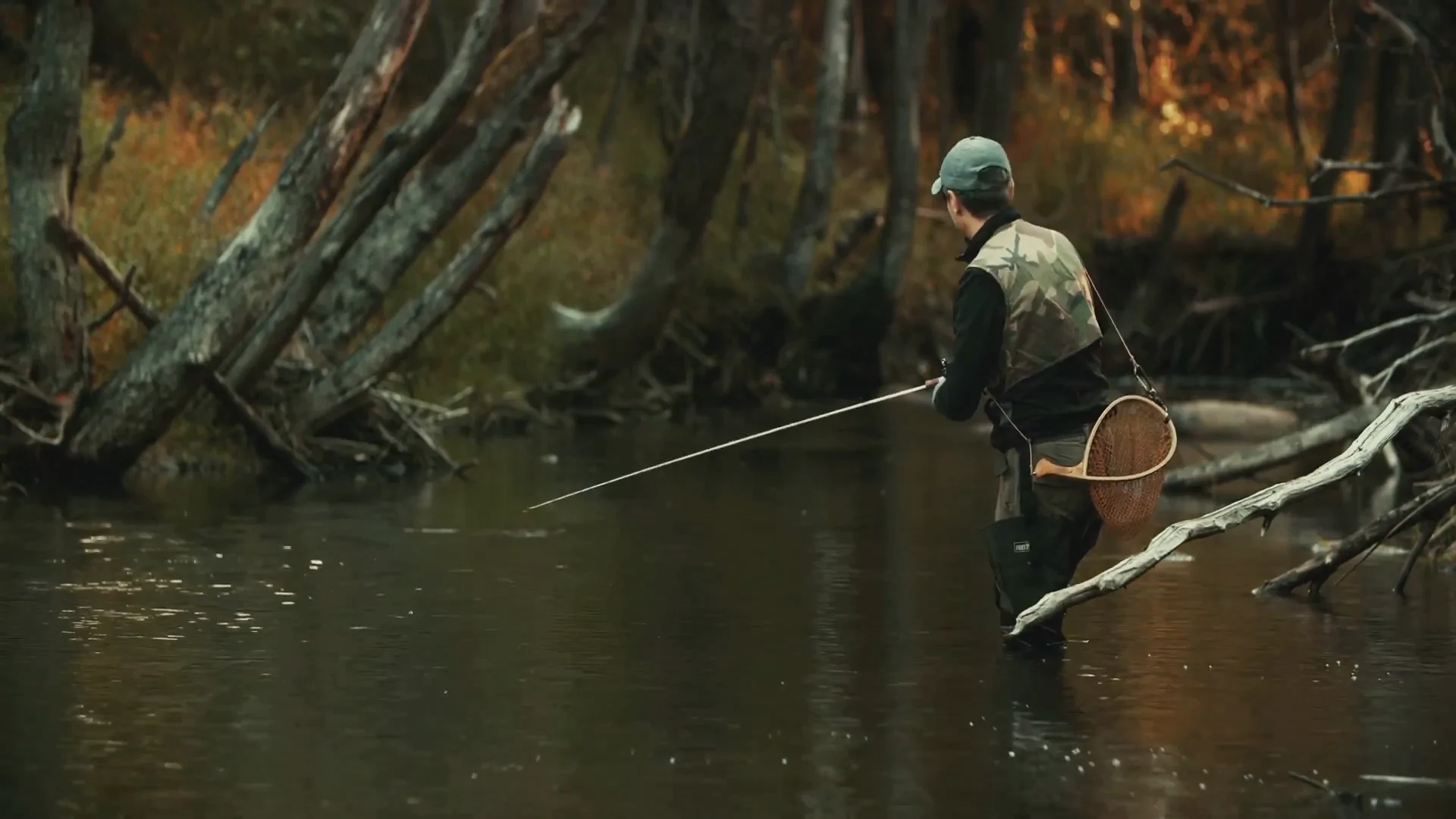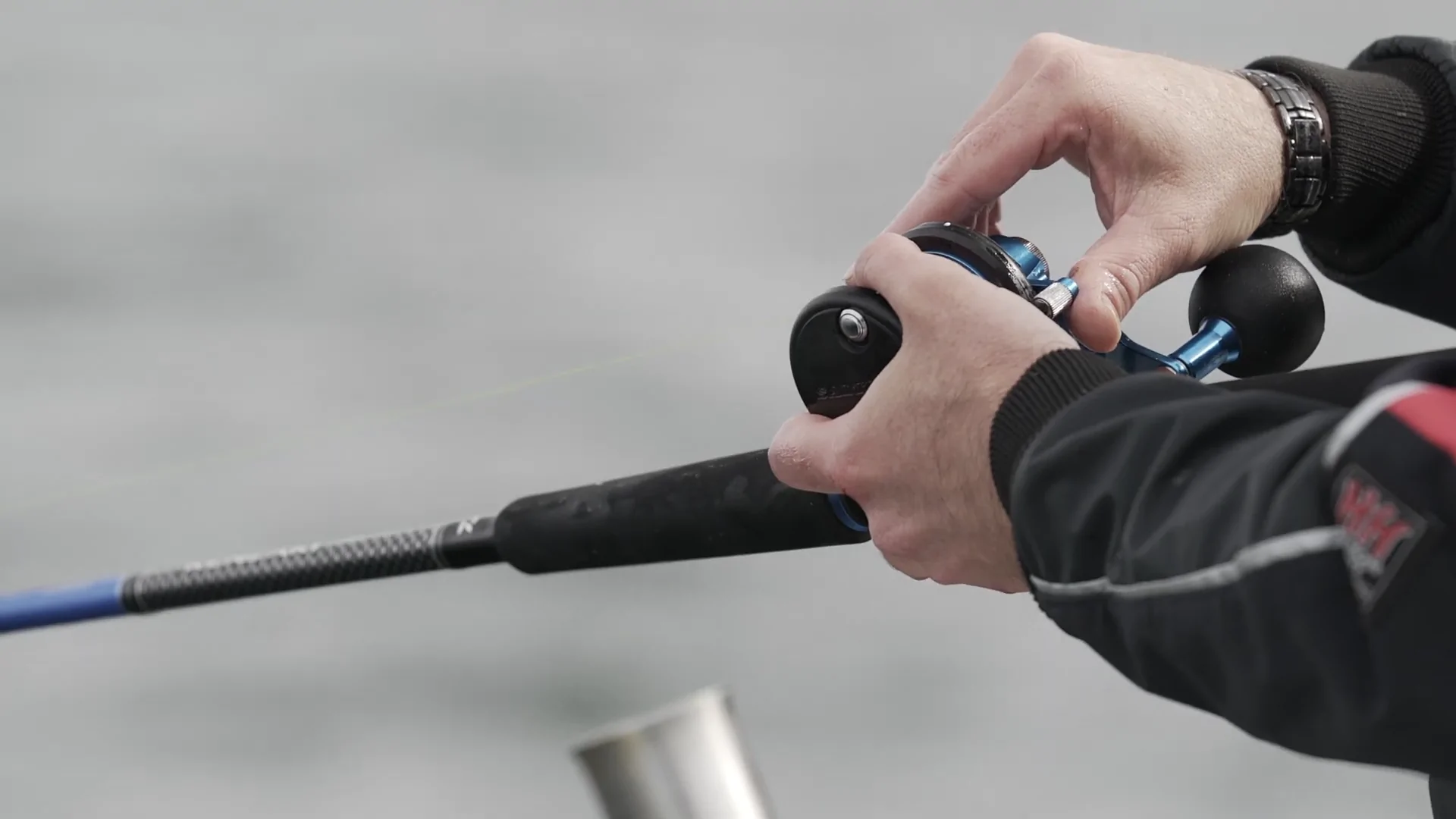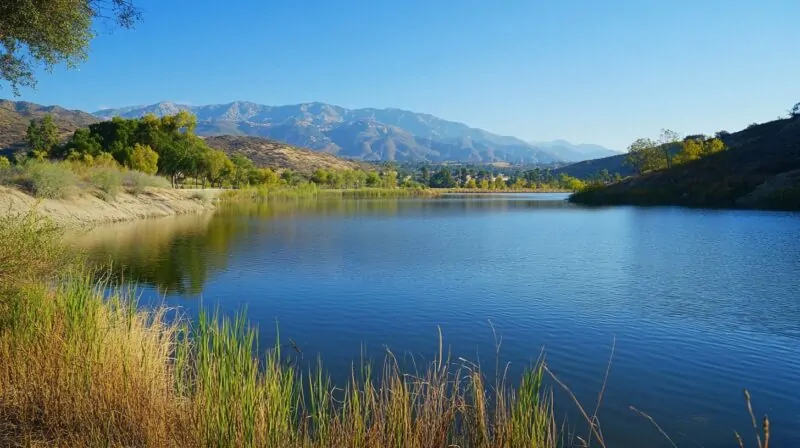
Share Post:
Bluegill fish (Lepomis macrochirus) are one of the most popular freshwater fish species among anglers across North America.
Known for their feisty nature and abundance in lakes and ponds, bluegills are a staple for recreational fishing.
Various factors, such as water temperature, lunar phases, and geographical location, significantly influence the spawning patterns of bluegills.
Let us talk about the time when bluegill spawns, but at the same time, we will reflect on the season and location.
Seasonal Timing of Bluegill Spawning
The bluegill spawning season generally spans from late spring to early summer, with the peak period occurring between late May and June. Seasonality is primarily dictated by water temperature, which must reach an ideal range of 70-75°F (21-24°C) to stimulate spawning behavior.
- Bluegills enter a pre-spawn phase, moving into shallower waters.
- They can be seen actively feeding to build up energy reserves needed for the labor-intensive spawning process.
Spawning times, however, are not uniform across all regions. They vary significantly based on local climates:
- Bluegill may begin spawning as early as April due to warmer temperatures.
- Spawning may not start until late June or even early July, depending on how long it takes for the water to warm.
Bluegill Behavior During Pre-Spawn and Spawn

As water temperatures climb above 60°F (15.5°C), bluegills begin their pre-spawn activities.
The period is marked by the fish moving into shallower waters to prepare for the upcoming spawning season.
Pre-Spawn Activity:
- Bluegills aggressively feed on insects, small crustaceans, and other aquatic life.
- Feeding frenzy helps them build up the energy reserves needed for the strenuous spawning process.
- Anglers often find pre-spawn bluegills to be more aggressive, increasing their chances of a successful catch.
During Spawning:
- Male bluegills assume the role of nest builders and defenders:
- They create small, circular nests in sandy or gravel-bottomed shallows.
- Nests can be identified by distinctive depressions, often accompanied by bubbles or water movement.
Once nests are established, males guard them fiercely:
- They become highly territorial, attacking anything that comes too close.
- This makes them more vulnerable to anglers but also easier to locate.
Environmental and Lunar Influences on Spawning

Interestingly, bluegill spawning behavior is also heavily influenced by lunar phases, particularly the full moon.
During the warmer months, bluegills exhibit a marked increase in spawning activity around the time of a full moon.
The heightened light levels during a full moon might also play a role, allowing bluegills to better see and navigate their nesting sites at night.
Lunar influence can result in an observable uptick in nest-building activity, especially among males.
- Full Moon Impact: Bluegills are more likely to spawn during a full moon phase, increasing activity in warmer months.
- Biological Rhythms: The lunar cycle affects bluegill behavior, particularly their reproductive cycles, enhancing nest construction and guarding activities.
- Increased Visibility: The extra moonlight may aid in nocturnal behaviors, making this a prime time for spawning.
For anglers, timing fishing trips to align with these lunar cycles can significantly boost their success rates.
During a full moon, male bluegills become particularly territorial and focused on protecting their nests, making them more predictable in terms of location and behavior.
Heightened territoriality makes them easier to locate, especially in shallow waters where nests are visible.
- Use light tackle and smaller baits to attract territorial males.
- Fish during dusk or early morning when bluegills are most active.
- Exercise patience; while bluegills are more active during these times, they can still be cautious and quick to spook.
While targeting bluegills during their spawning cycle can be highly rewarding, it is essential to practice ethical angling by releasing mature males back into the water.
Regional Variations in Spawning Patterns

Bluegill spawning patterns are not uniform across North America due to significant variations in climate, habitat, and water conditions.
These factors heavily influence when and how bluegills spawn, leading to distinct regional differences.
- Southern Regions:
- In warmer southern climates, such as Florida and Texas, bluegill can spawn multiple times throughout the year.
- Extended warm seasons allow for spawning as early as April and continue through late summer or even early fall.
- Key Factor: The consistent warm water temperatures of around 70-80°F (21-27°C) support prolonged reproductive cycles, allowing bluegill to spawn several times annually.
- Northern Regions:
- In contrast, bluegill in northern states like Michigan or Minnesota has a much shorter spawning window.
- Spawning typically occurs only once, usually between late May and early July, when water temperatures peak.
- Key Factor: The shorter warm season in these regions limits the bluegill’s opportunities to spawn, often resulting in just one intense spawning period per year.
Water quality and habitat conditions also significantly influence bluegill reproductive success:
- Water Quality:
- Clean, oxygen-rich water bodies are ideal for bluegill spawning, promoting healthy egg development and increasing fry survival rates.
- Polluted or oxygen-depleted waters can hinder spawning activity, resulting in reduced reproductive success.
- Tip for Anglers: Focus on fishing in clear, unpolluted lakes or ponds for better chances of finding spawning bluegill.
- Habitat Conditions:
- Lakes and ponds with plenty of aquatic vegetation, submerged logs, or rocks provide the ideal environment for bluegill to build nests.
- Shallow areas with sandy or gravelly bottoms are preferred, as they offer protection from predators and strong currents.
- Key Habitat Features:
- Presence of aquatic plants for cover.
- Shallow waters (1-4 feet deep) where sunlight can warm the substrate.
- Limited human disturbance to minimize stress on nesting bluegill.
Summary
The factors that affect bluegill spawning, such as temperature, lunar cycles, and location, are crucial for anglers and conservationists alike.
Planning fishing trips around peak spawning times can be rewarding, but it’s essential to practice responsible fishing practices to help maintain healthy bluegill stocks for the future.
Related Posts:
- Illinois Spring Trout Season Kicks Off April 5 -…
- Top 11 Tips for Catching Bluegill in Lakes and Ponds
- Crappie vs. Bluegill - Key Differences and the Best…
- Where to Buy Illinois Fishing License - Easy…
- Catfish in Illinois - Species, Habitats, and Top…
- How Do You Fish for Sauger? Top 10 Techniques and Tips










